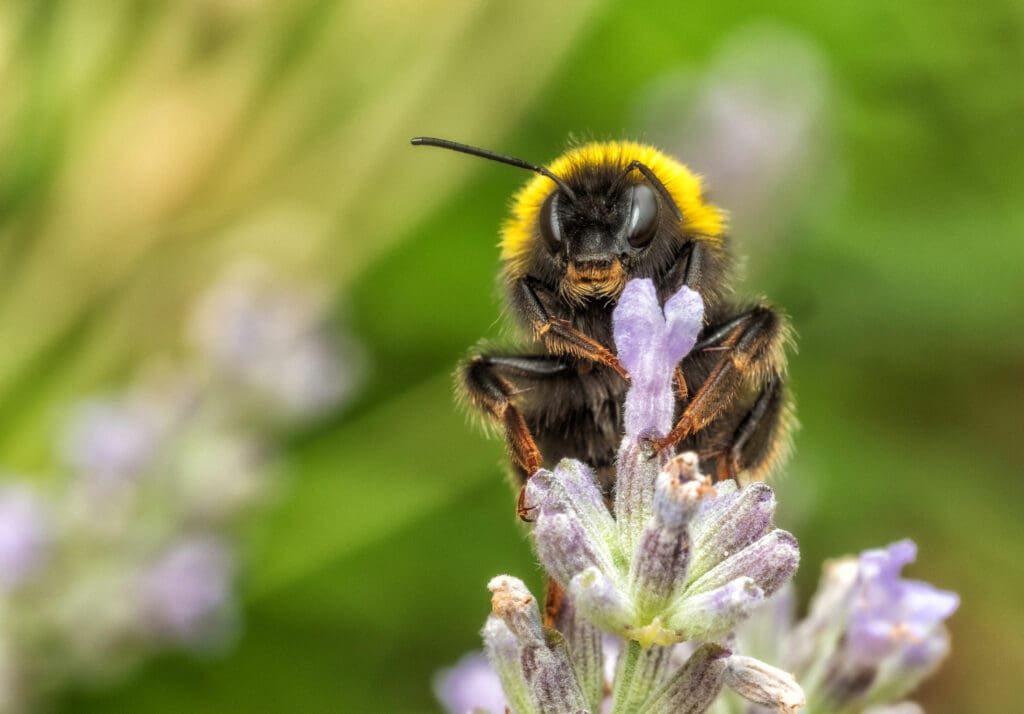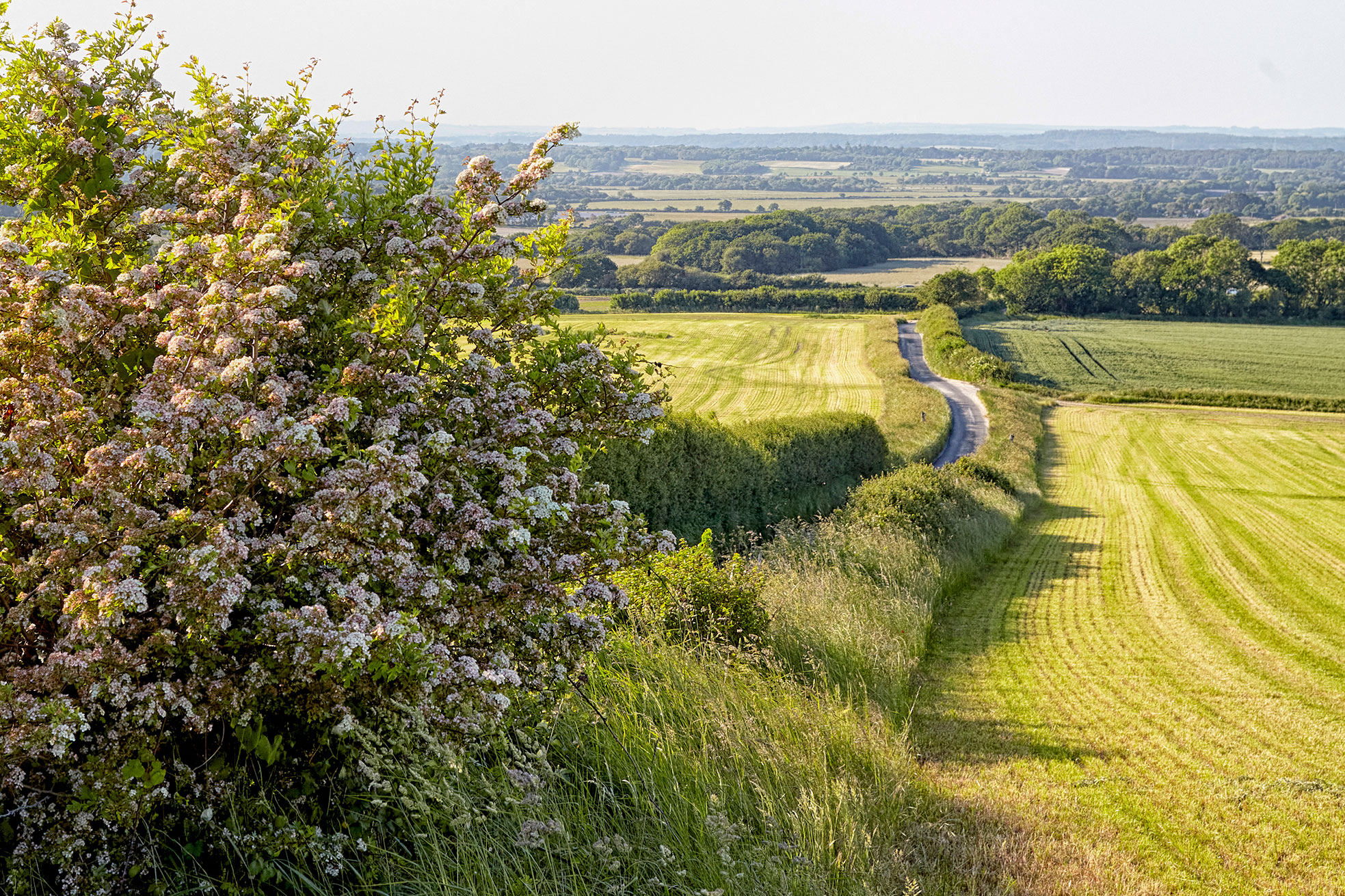Iconic, historic and useful, the UK’s hedgerows provide food, shelter and a ‘transport network’ for wildlife. They keep domestic animals in, store carbon and prevent soil erosion. Well-maintained hedges provide food and habitat for invertebrates, amphibians and small and large mammals. Earlier this year, a project led by the UK Centre for Ecology and Hydrology mapped England’s hedgerows and highlighted opportunities to extend them.
Half were destroyed between the 1940s and 1990s due to intensive farming policy and development, and despite our love for these living seams, damage and removal of hedges prevails.
Careful, considered management by councils, highways and nature-friendly farmers make a huge difference, as does people power. Public and farming support of the RSPB Help Our Hedgerows campaign this year means protections will remain, and the English Government has committed to create or restore 48,000km by 2037, and 72,000km by 2050. But vigilance, as ever, is key.
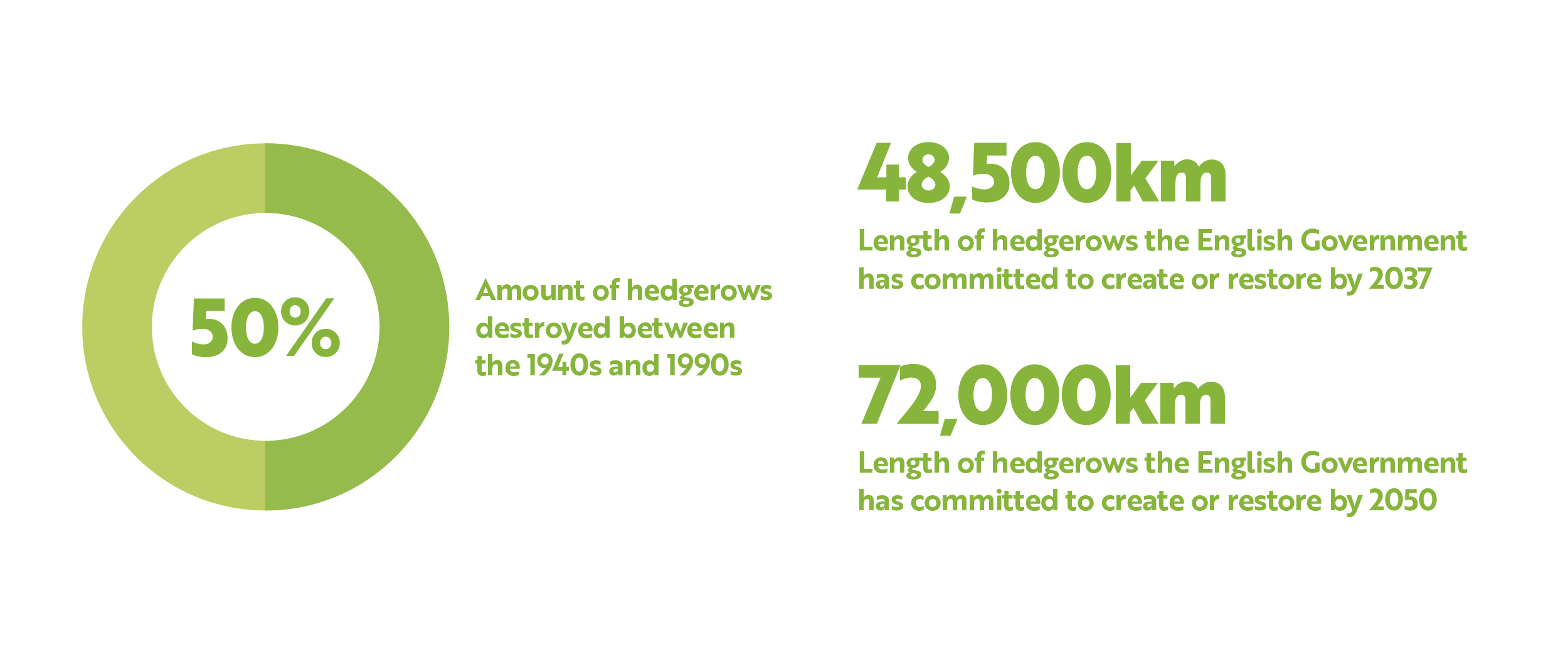

Will you help our hedgerows?
Together we must show the UK Government how vitally important hedgerows are for nature in England. The longer this gap in protections lasts, the longer species such as the Yellowhammer, Greenfinch and Hedgehogs are at threat. We can’t let this continue. Take action with us by writing to your MP calling for their support in the reinstatement of these vital hedgerow protections.
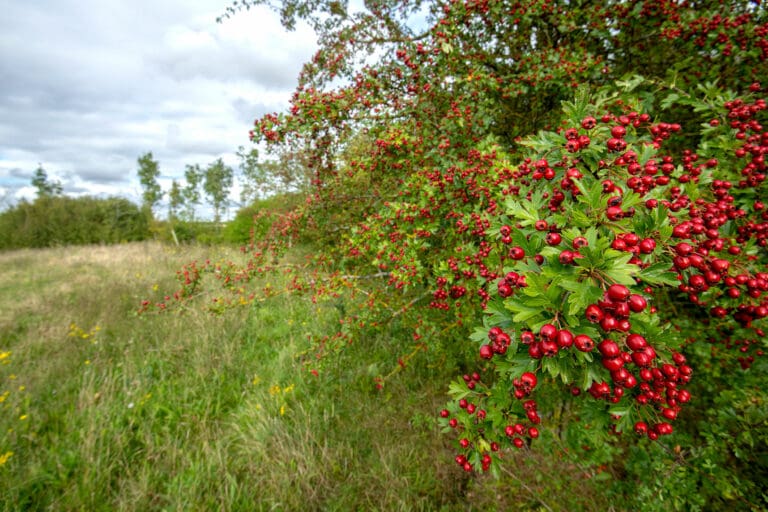
Hedgerow, RSPB Hope Farm. Photo: Ben Andrew (rspb-images.com)
You might also like
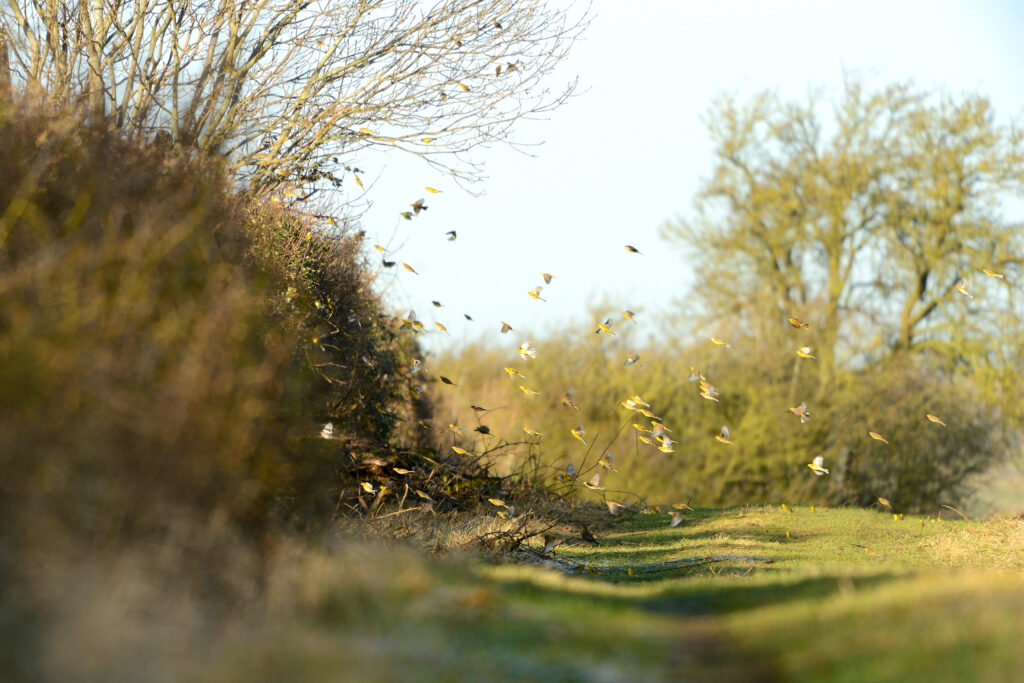
How farms are changing

Committed to Conservation
